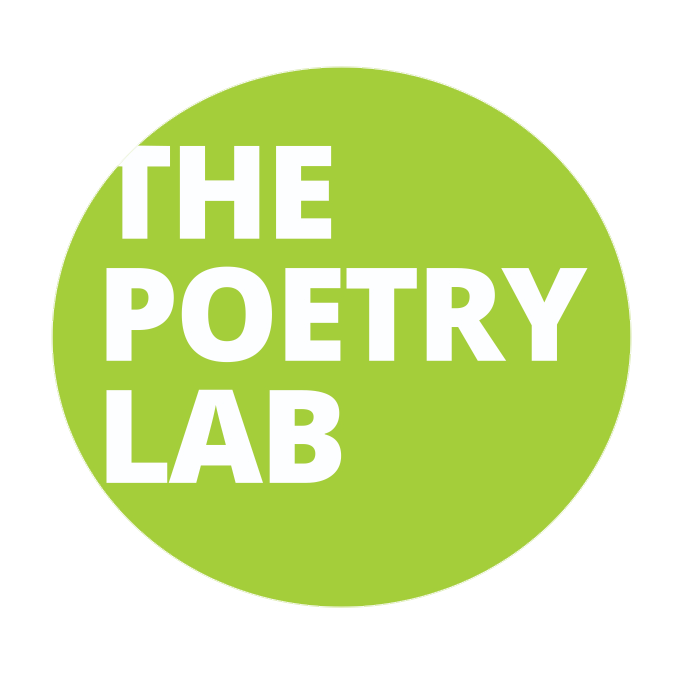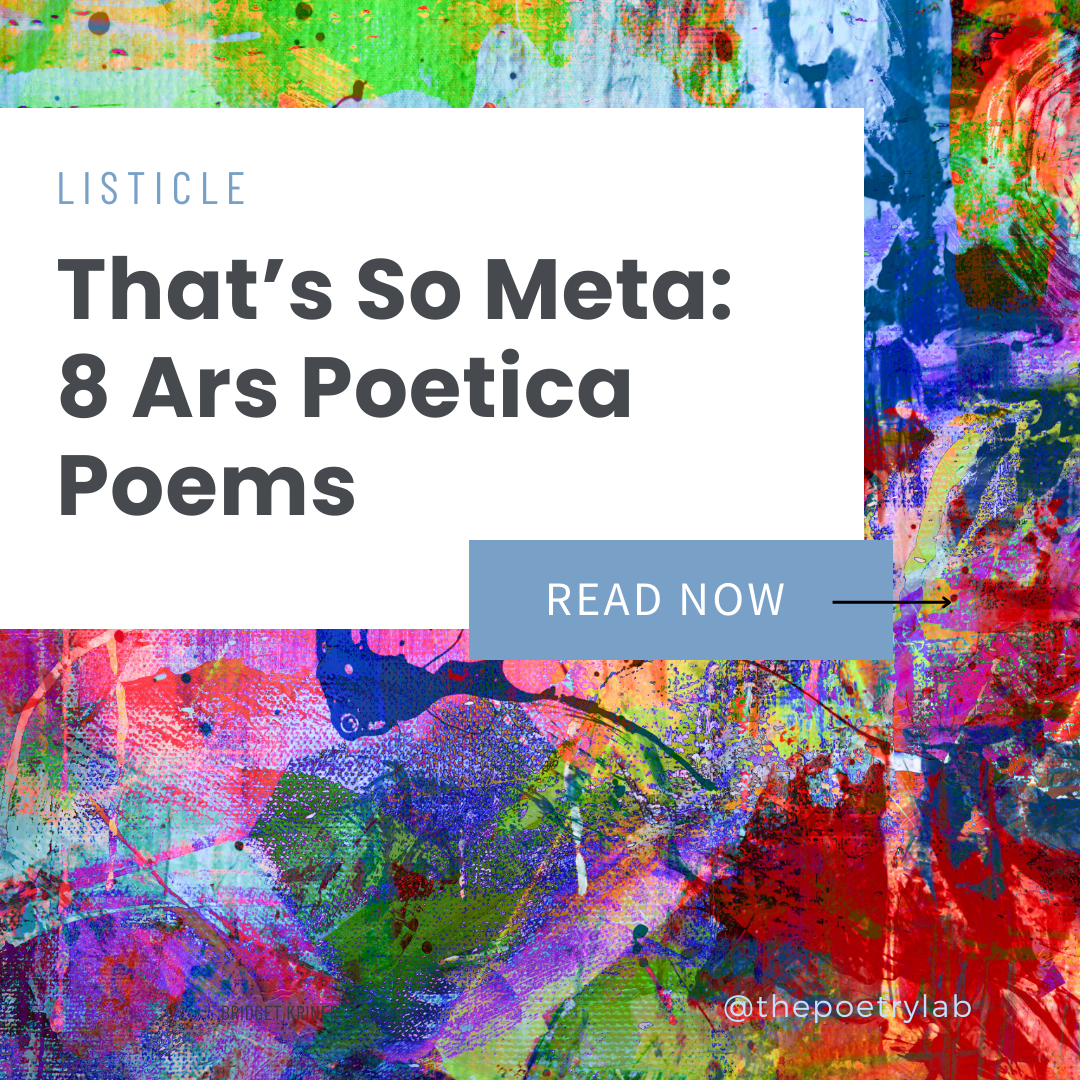What’s Eating You?: 5 Poems that Feed Us
There is a stereotype in the East Asian community, in which our parents do not express love explicitly or verbally, but they always cut and prepare fruit for you. My parents owned a Chinese restaurant up until my late teenage years, so I was always at the restaurant “helping” out.
I grew a distinct connection to the restaurant, but I was also full of rage, bitterness, and hurt. I hated being there. At my most impressionable age, I did not understand what my mother was saying when she presented plates of cut cantaloupe. During slow periods at the restaurant, my mother peeled pomelos, cut watermelon wedges, and diced apples. She would call me over, and there would already be a toothpick ready for me.
Since my parents were always working, I was always home alone and learned to fend for myself from a young age. The silence in my house was suffocating at times, though my mother always made sure I had food, usually leftovers from our Chinese restaurant in a styrofoam box. I joke, only in my head (and maybe in a poem to-be-written), that the microwave raised me.
I missed my mother, and the only interaction I had––tangentially––with her was eating the dinner she packed for me. I wondered how she chose which foods to pack, imagined her bony wrists scooping lo mein. Did she know I loved fried chicken wings? Or did she choose them because those were the dishes leftover that night? I will never know, but I do still wonder.
Food represented these lonely and painful memories, but food was also my trusted companion during those times, and I am unashamed to declare myself a foodie!
In anticipation of the BrainTrust I’ll be teaching in November, I present to you some of my favorite poems involving food. Prepare yourselves for a deliciously indulgent and emotional meal!
1) “Tomato on Board” by Ross Gay
Such a tender opening! I think the emotional idea that ties me so dearly to this piece is that the tomato is being treated like a “quiet baby,” a “li’l guy.” The li’l guy, the li’l guy, as if, all life could be viewed in this way.
I love how Ross Gay details this interaction between the tomato and the world, and the slow acceptance and adoration from the people he encounters to the tomato.
“Before boarding the final leg of my flight, one of the workers said, ‘Nice tomato,’” and “the flight attendant asked about the tomato at least five times, not an exaggeration, every time calling it ‘my tomato’ – Where’s my tomato? How’s my tomato? You didn’t lose my tomato, did you?”
The tomato is being treated like something precious to be protected. It’s interesting to also think about how humans nurture the things we eat. The painstaking process of growing vegetables yields a food that is nutritious and soul-lifting. The care we put into food is also the care we put into life itself, as the tomato is life itself.
2) “Sidewalk” by Logan Klutse
In Klutse’s poem, we see food and eating used as a writing device to intensify and materialize violence from systemic, urban racial inequalities.
We begin with the image of death, the “wasps crawling out of a finch’s eye / socket on the pavement, some rind / of a skullbone, the wrong kind.” Beginning with the aftermath of a finch dying, and another animal feasting on its death foreshadows the violence that proceeds in the poem.
The most explicitly clear description of food and eating comes in the third and fourth stanzas.
“I watched you, cousin, crack open
chicken bones and suck out all the marrow.”
The verbs “crack” and “suck” indicate the force of the action in eating chicken bones. Immediately, “A total / carnivore,” which also has an undertone of violence, in that carnivores eat other animals. We are all just animals hunting other animals.
Klutse then uses these images and juxtaposes them against more whimsical and playful images of childhood. This juxtaposition solidifies a change in the cousin, no longer child-like, but rather, adult and violent, as the mother laments in the poem, “what happened?” and “he deals now.”
What I find perhaps most interesting about this piece is the ending stanza and how the city could “pick its teeth” with the people it doesn’t like. The personification of the city being able to “eat,” “swallow,” and “consume” the weak, hones in the metaphor that consumption is violence in itself.
3) “when you have forgotten Sunday: the love story” by Gwendolyn Brooks
This is one of my favorite love poems, with a delicious dash of Sunday dinner.
Brooks paints such specificity of domestic life: “the front-room radiator in the limping afternoon” and “nothing-I-have-to-do and I’m-happy-why?”
The poem asks the readers to move slowly with it, emulating a lazy Sunday, until finally there is dinner,
“always chicken and noodles
Or chicken and rice
And salad and rye bread and tea
And chocolate chip cookies.”
The “always” shows how familiar this routine is. Day in and day out, they eat together. These lines of food intensify the closeness between the speaker and the you.
Although this poem is about forgetting one’s love, it still illustrates the tenderness of a love story in the midst of loving.
4) “Wet Market” by Sally Wen Mao
This is another example of a food poem that, like Klutse’s poem, uses food to indicate violence. However, Mao does it through the metaphor of consumption.
Consumption here is akin to violence. From the first sentence, Mao clutches the reader by their throats. She introduces the idea of life, and how lives are often taken away “at the wet market, slit the throats,” “defeather,” and “drain its blood.”
Alongside this violent image of killing a chicken to eat, Mao weaves in her parents and her own immigration narrative,
“my mother always wanted to see the fish
alive, head on before we take it home,”
and she’s learned from her mother, that the best meat is the fresh one, “meat squirming and slippery.”
Mao then connects this idea to herself as she witnesses a “live kill,” and how that “live kill” is similar to the “killing,” the bullying, she endured in America as a Chinese kid.
In the last two sections of the poem, Mao makes it very clear that she is responding to the rise of Asian hate in 2020. The poem serves as an elegy for those lives that have been consumed/killed/violated by Asian hate.
5) “broke n rice” by Danez Smith
I love Smith’s play on words in this poem, the way they transform the dish “broken rice” and puns it into “broke n rice.”
The poem’s form follows a similar pattern, in which individual letters are dispersed, making the overall appearance of the poem granular, as if each little pocket is a grain of rice, such as in these two lines “hu n ger s tamb our ine / i h ate d al l of it.”
The “brokenness” of the poem also slows the reader down, forcing them to take in the delicious descriptions of “saffron sullied chillin/ with garlic” and visualize the “pillow and stretch” of each grain.
The first turn of the poem comes when the speaker admits that they hated rice in the past because it represents being broke. This notion brings up many other connotations that other foods may have as well (i.e. Chinese food is always cheap).
However, the speaker then learns to love and appreciate rice again, indicating that they have resolved their inner struggles with hating how they grew up “broke.”
This poem really illustrates how food is so connected to our emotions, self-worth, and self-expression. The emotional ride we go on is one that begins with a luscious meal and ends with “confettied carrots.”
I hope these few poems were able to show the wide range of emotional stakes that can be drawn out through food metaphors. I would love to see folx bite into more food poems and perhaps even write your own.
This article was published on October 29, 2024. Written by:











